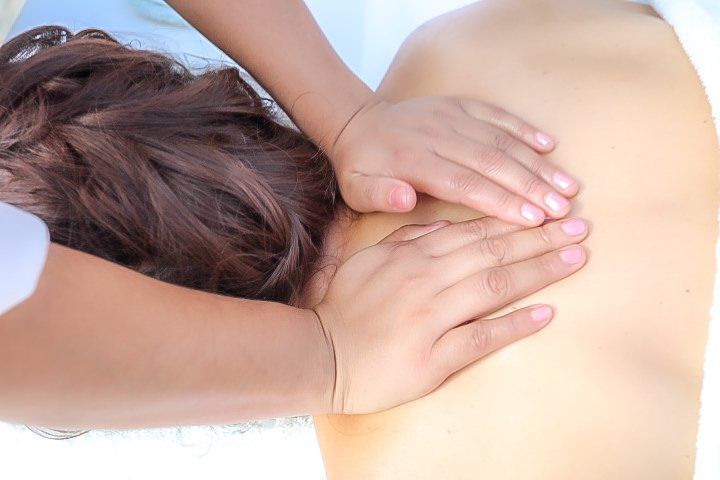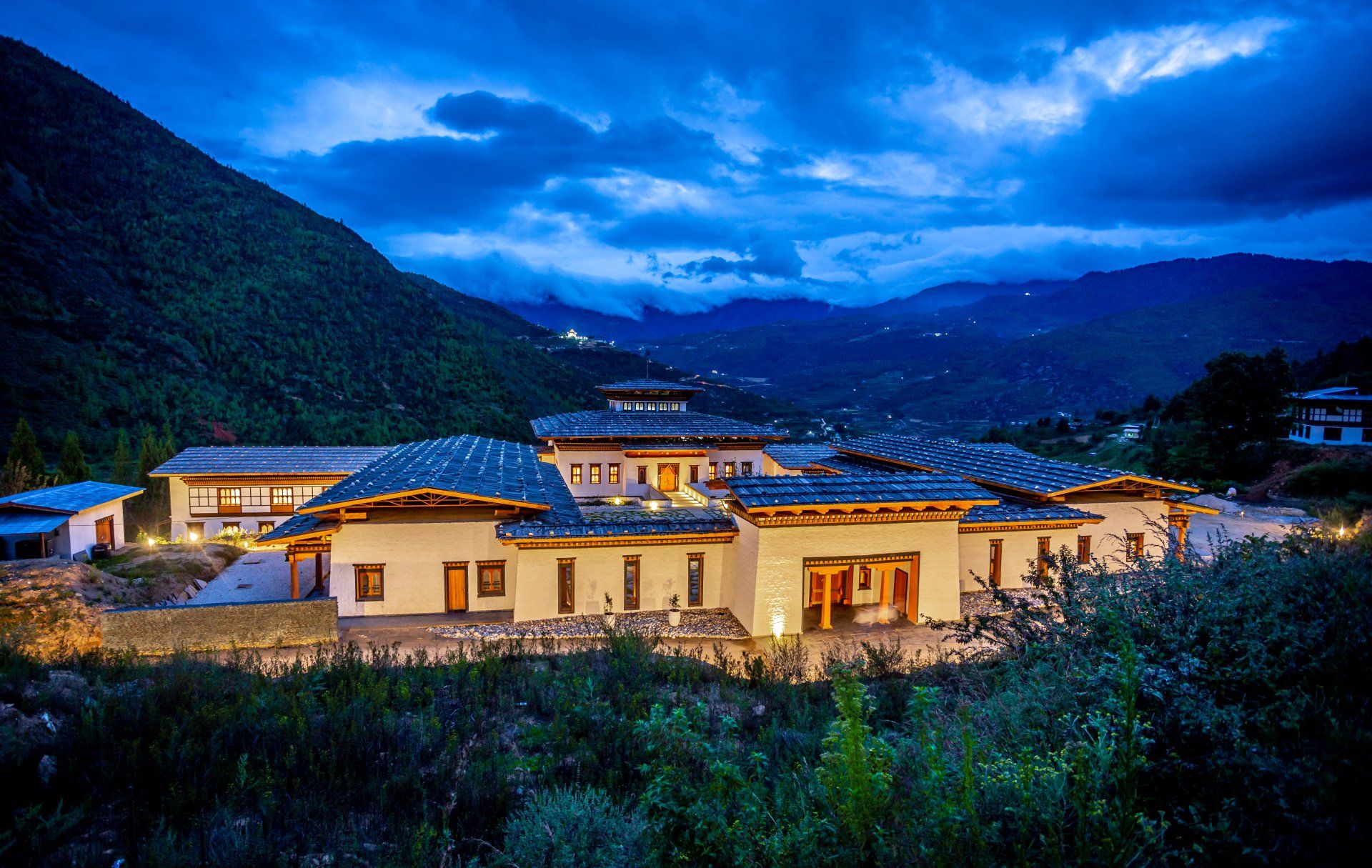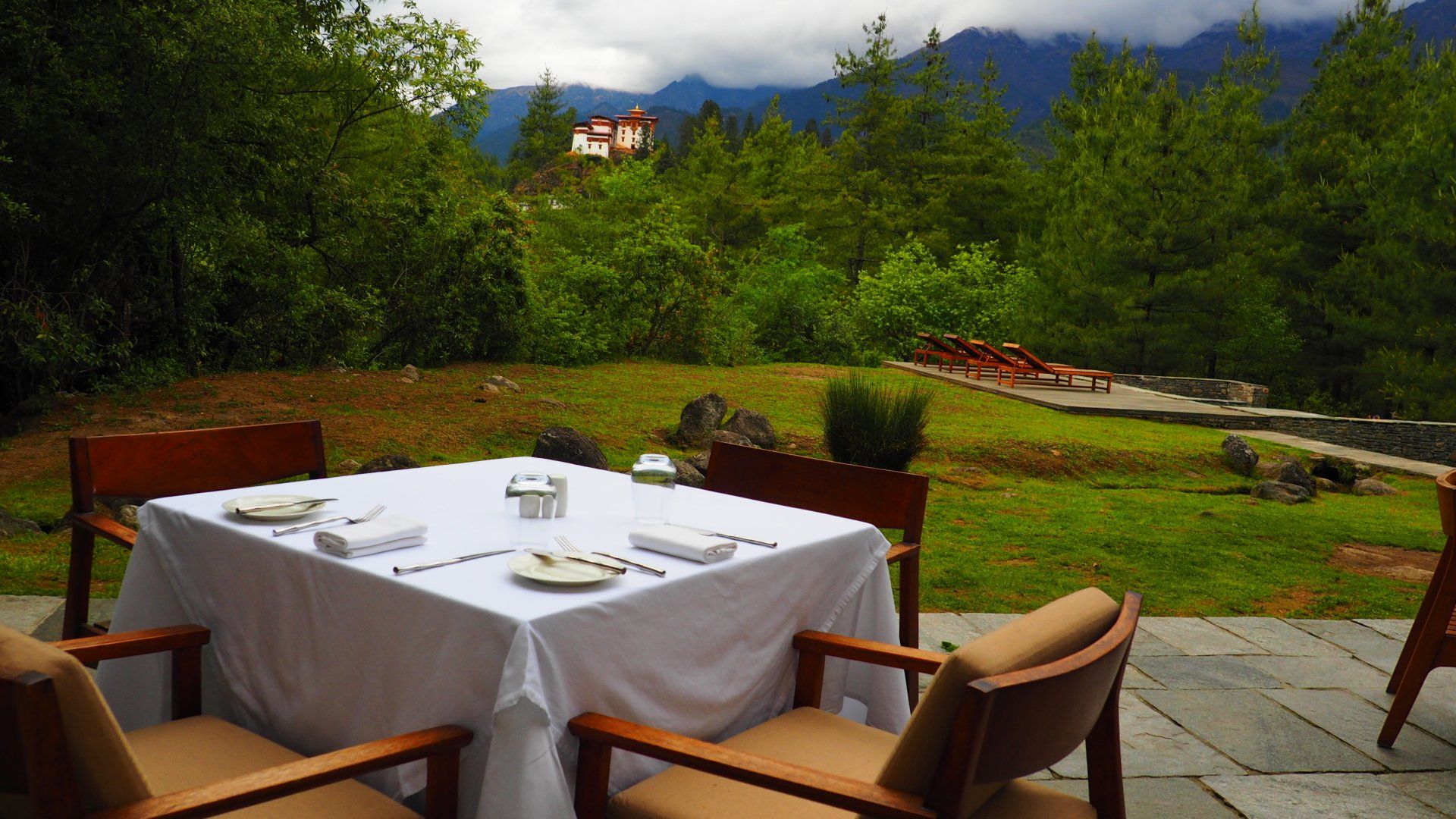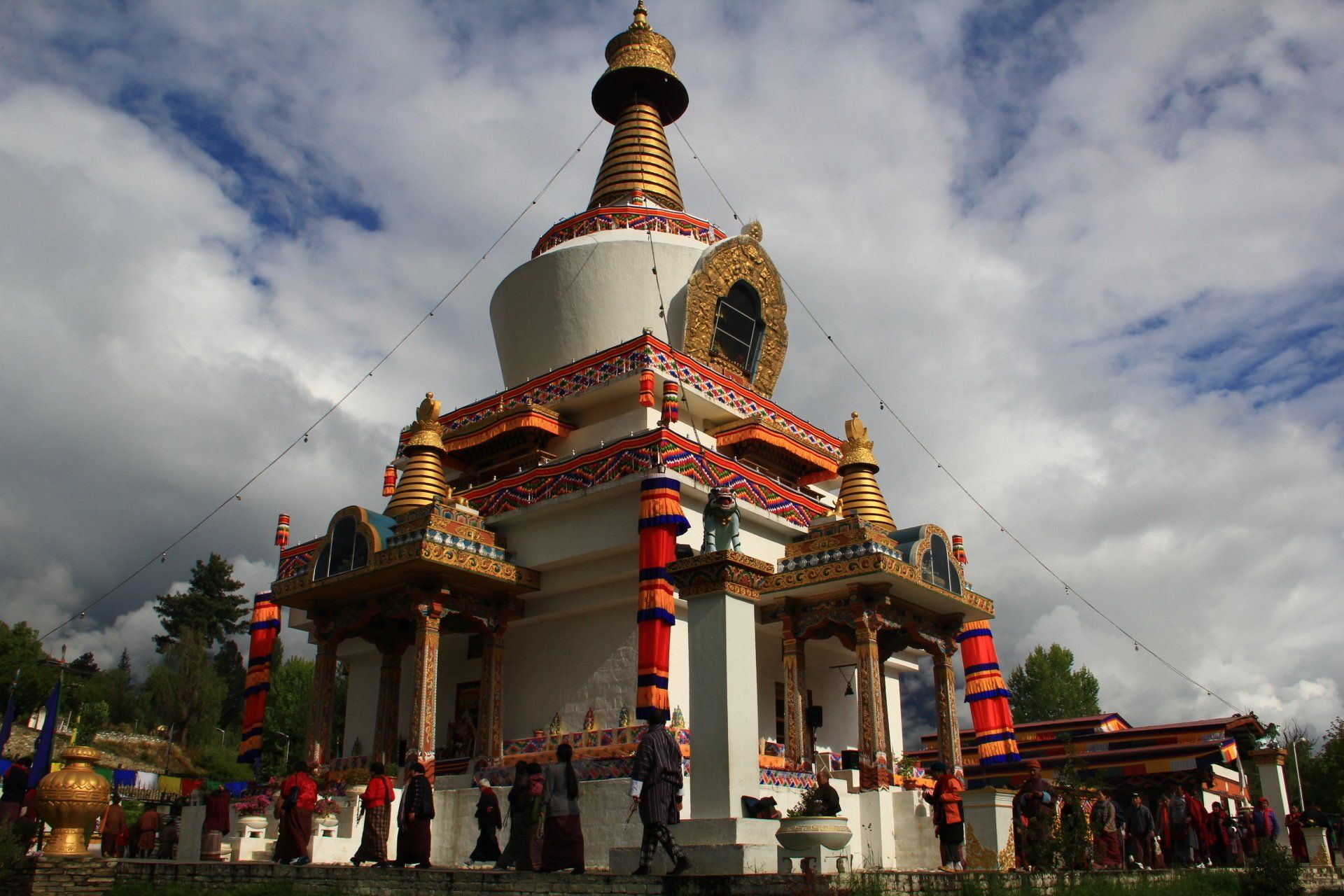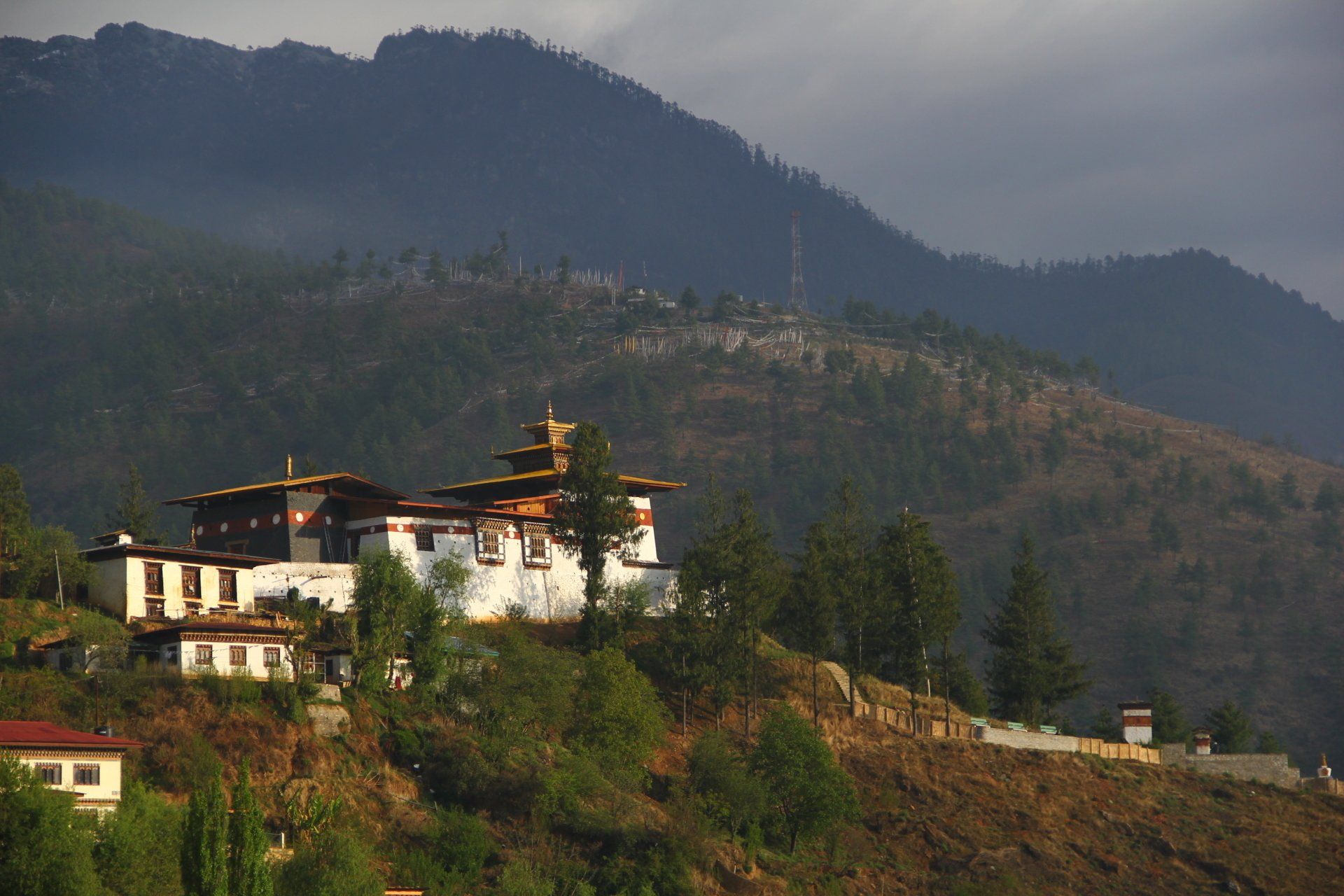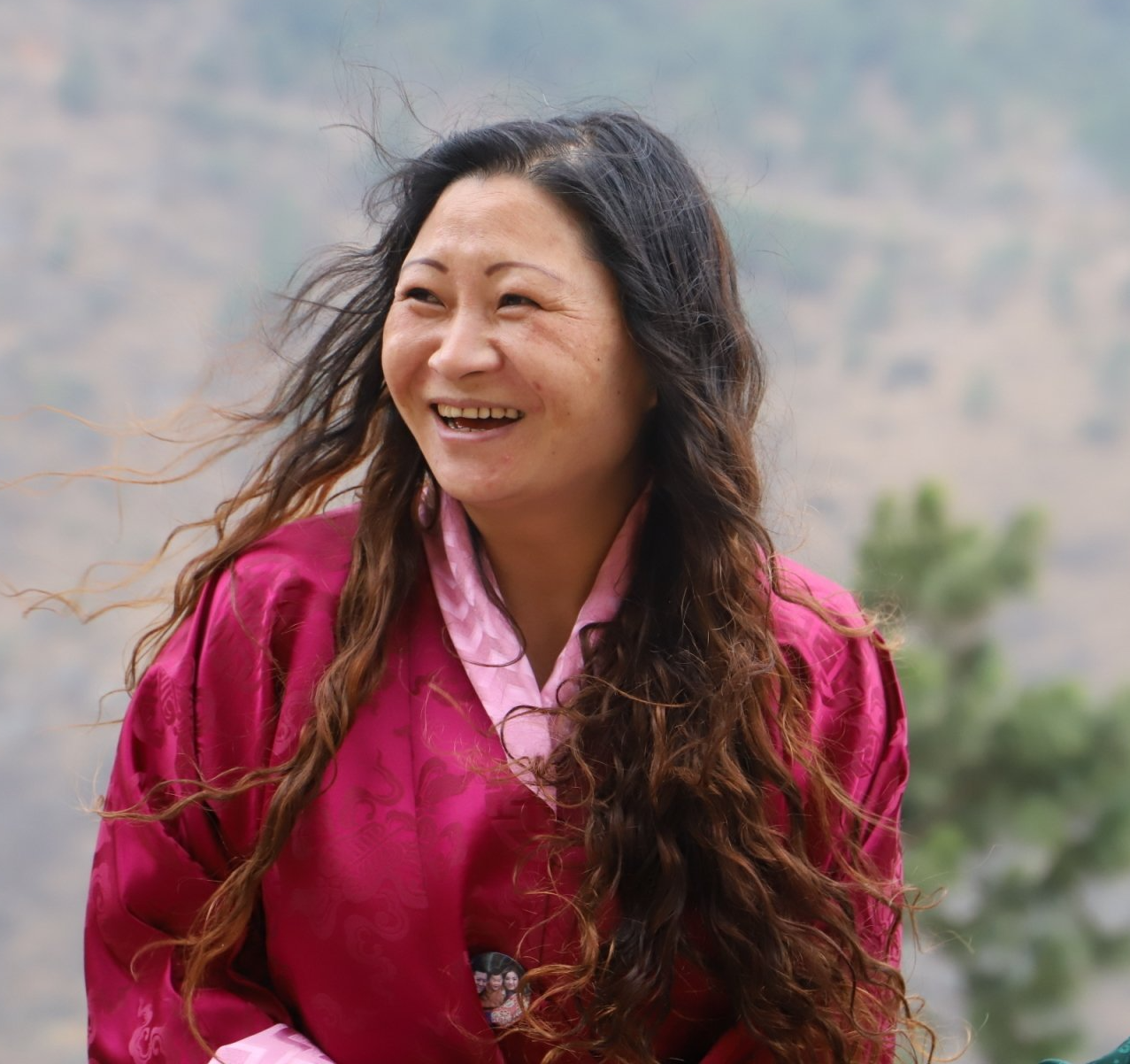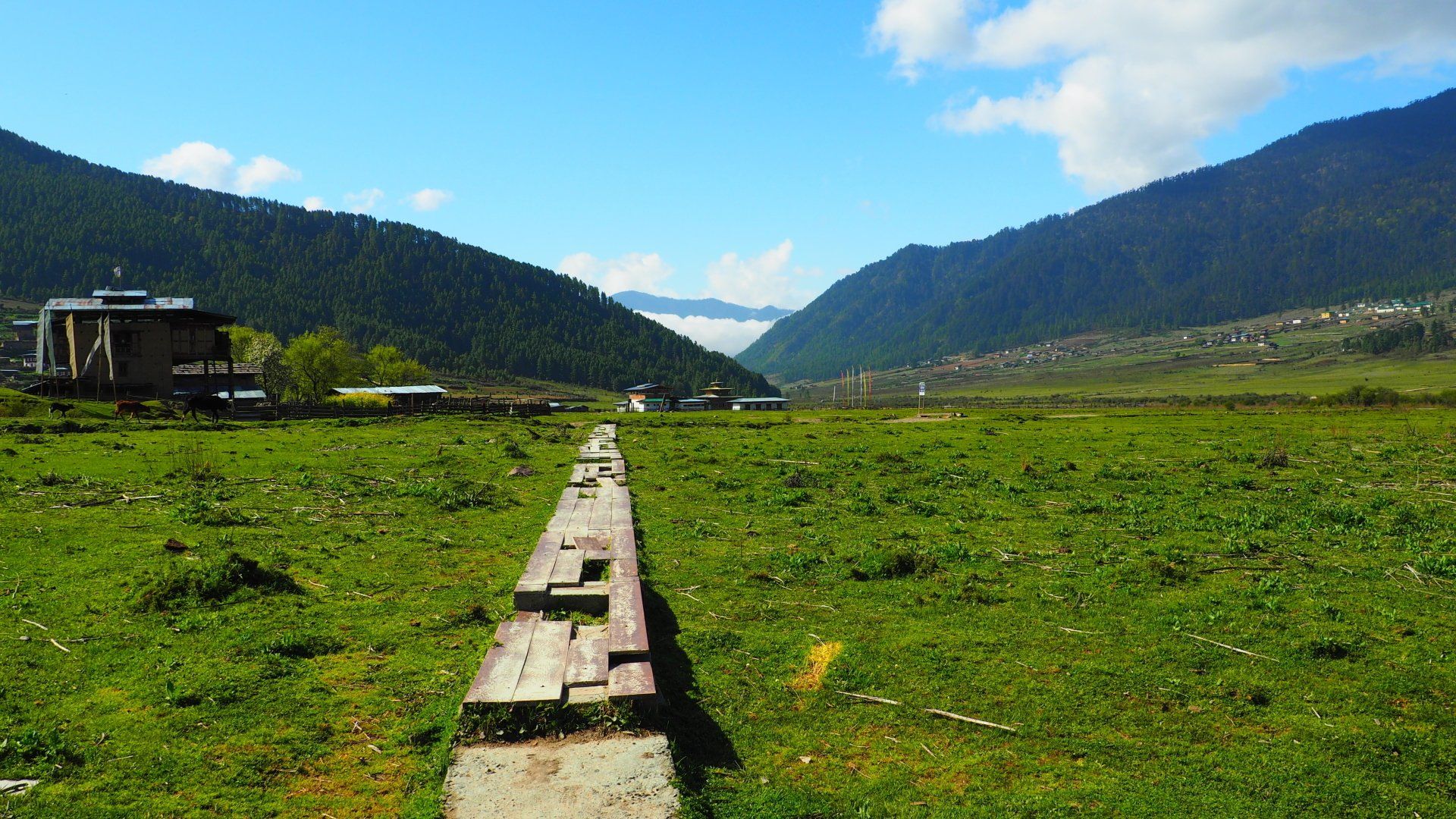Bhutan for all - A Luxury Tour for Specially Abled Visitors
A 9 day Bhutan Tour with Luxury Hotels and Best of Bhutan Experiences.
Early Booking Offer
Got Cancelled Because of COVID 19
20% Off
till Dec 2022
Price From 3200 USD
Grab the Offer with USD 200 Deposit only
Mixed of Exclusive Luxury Hotels
All accommodations at 5 star hotels with Specially Abled Friendly Properties and Services
Bhutan For All - A 9 day Tour Program Designed for Movement Impaired Travelers
For the first time in Bhutan Tourism, a team of Bhutan Swallowtail has designed a most luxurious Bhutan tour for specially-abled ardent travellers who wish to visit Bhutan - the Himalayan Kingdom of Bhutan.
Type of Tour
Guided, Private & One to One Helper/Asst. Guide
What to expect?
This tour will take you on a cultural extravaganza of the beautiful valleys, unique culture and traditions and rich nature with overnight stays at beautiful lodges and hotels. Luxury, comfort and style is the essence of this tour and expect to be swept away on an expedition of the best that Bhutan offers to visiting guests.
Highlights of the tour...
Places
The tour covers Paro, Thimphu, Haa, Punakha and Gangtey
Luxury Experiences
All Meals, Accommodations and Facilities are at 5 star or 5 star Standard
Comfort & Safety
One guest One Helper to escort, assist and help to give all necessary comfort and Baggage Handling through out the trip
Holistic Massage /Hot Stone Bath
In style and perfection at Bhutan Spirit Sanctuary
Meditation
Meditation lesson by in-house mediation teacher at Bhutan Spirit Sanctuary
Special Activities
Special activity includes Pottery & Art classes
Tour Program Inclusions...
All nights all-inclusive accommodation at 5 star Hotels as mentioned above
More Details on 5 star
SUV Luxury Car/Coaster/Coaches
Certified and English Speaking Tour Leader, 1 to 1 Asst. Guide, Driver with SUV Car/Coaches
Other Inclusions:
- All Meals at Bhutan Spirit Sanctuary
- Hot thermos with tea/coffee on the go
- Bottled Water Throughout the Trip
- Packed Lunches and Snacks on demand
- Wifi and laundry
- Cooler box for cold water/beverage in the vehicle
- Umbrellas
- Monumental Fees
- Bhutan Tourism Development Fee
- VISA Fee
- Government Royalty- goes towards the socio-economic development activities, eg, education, health, roads, etc
Book with us with confidence
Only USD 200 to Book This Trip
To secure a booking, only USD 200 as deposit is required
Guaranteed VISA
Bhutan Tourist VISA once you have made the deposit is 100% Guaranteed with us.
No Booking Fees, No Change Fees
Change your Travel Dates Or Book your New Trip for Free
Your Deposit is Protected
Its protected by the Royal Government of Bhutan (RGOB) and Tourism Council of Bhutan (TCB)
Flexi Deposit
You can gift your deposit to someone else or buy a new trip with us for FREE
24/7 Live Support
We have a dedicated team working 24/7 and can be reached by call, WhatsApp, Messenger and Email
Meet Your Bhutan Luxury Tour Expert
Tashi Wangmo is expert in crafting some of the finest Bhutan Luxury Tour in collaboration with 5 star and International chain hotels. She carries 9 years of Bhutan Tourism experience and knows what are the needs of a luxury tour for a high end guests. She is now a current managing partner of Bhutan Swallowtail.
Not Happy? Check Our Other AmanKora Bhutan Journey
Looking for something else, Check Our Other Related Bhutan Tour
If you want to personalize further check Attractions of Bhutan...

One of the attractions of Zhemgang is the Trong Heritage Village, an array of traditional stone masonry houses built on a hillock overlooking the imposing Zhemgang Dzong/Fortress It was the initiative of the 4th King Jigme Singye Wangchuck and people of the community to preserve this unique Bhutanese architecture and promote eco tourism in the area. Not much is documented or written about the origin of Trong Village or when it was built but the elderly locals say it must be more than 100 years. The neatly laid down stones, skillful use of available materials, earthquake resistant techniques, cobbled pathways and natural airflow and lights of the entire village exemplifies the architectural splendor of Bhutan well maintained over the centuries.
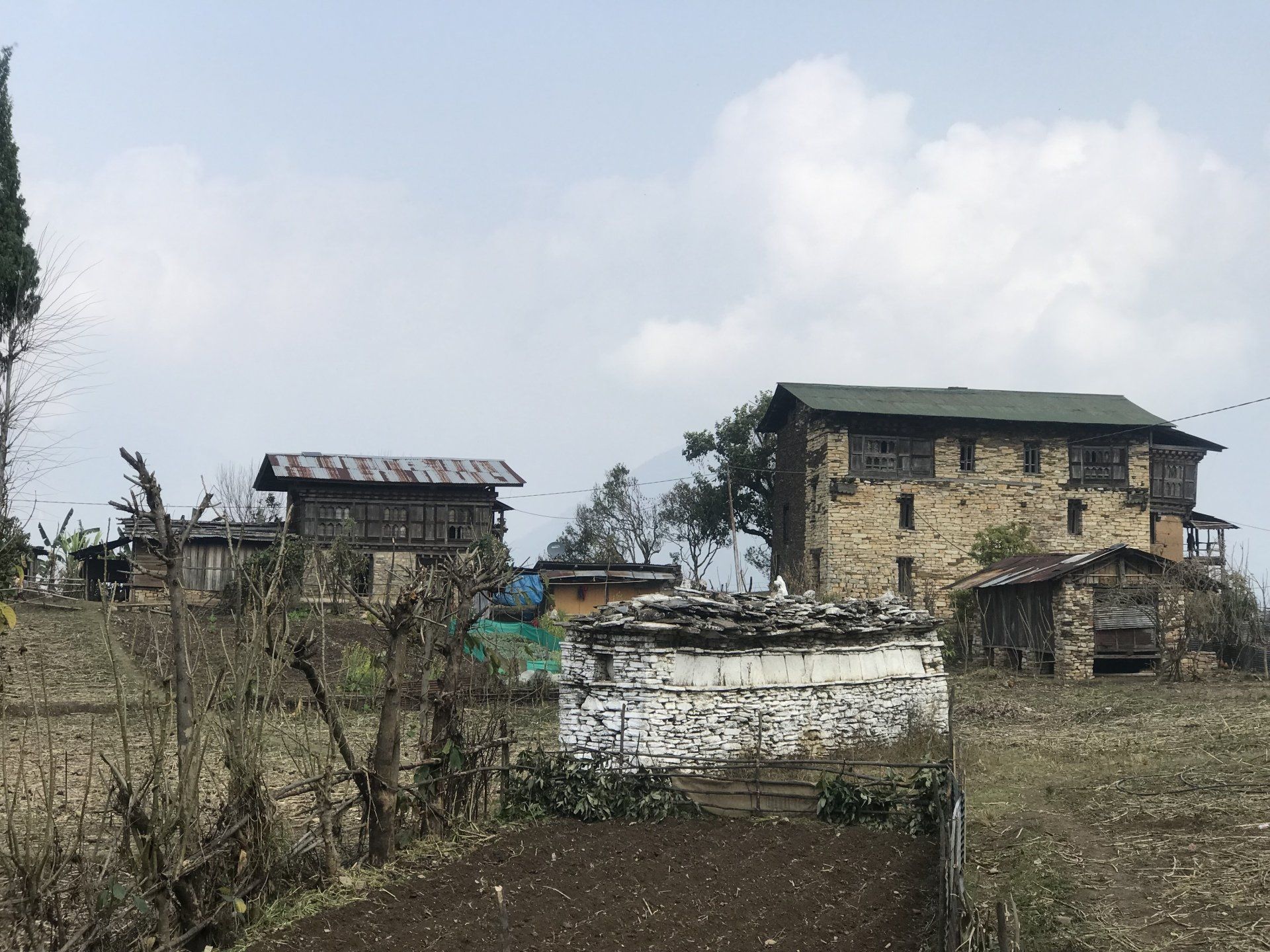
Excursion of Bjoka and nearby villages is one of the key attractions of the Park and will add on to a unique cultural experience of ancient culture, traditions and beliefs Bjoka village is about one and half hour drive from Pangbang through the heart of the Royal Manas National Park. The drive is through sub-tropical forests of giant bamboo trees and two spectacular waterfalls. Excursion of Bjoka and nearby villages is one of the key attractions of the Park and will add on to a unique cultural experience of ancient culture, traditions and beliefs. The local Royal palace with its black and white walls have an interesting history and story, and walking through the village, visiting the rickety bamboo-thatched huts and interacting with the villagers as you sip on Tongba – a local wine of maize, will give you an insight into how people still live happily with very basic modern infrastructure and amenities. The people here are skilled in making cane and bamboo products (household items) which are sold all over the country and is also their main source of income. Another attraction is the Nanglakha Monastery perched on a hilltop with a bird’s eye view of the northern parts of the Manas Park.
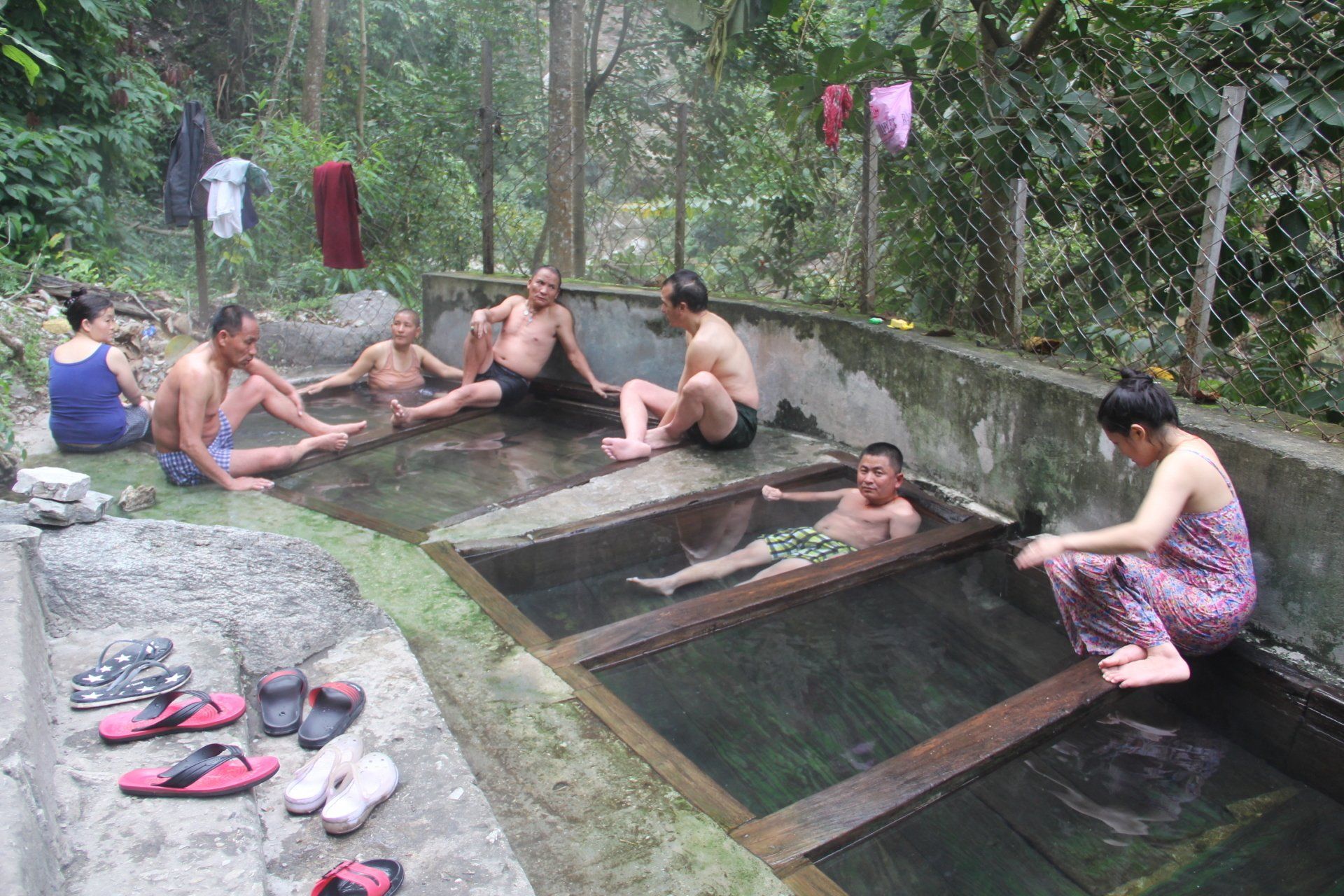
While Bhutan is known by many names, the most relevant is “The Land of Medicinal Herbs’ as coined by the Tibetan traditional doctors as there are numerous medicinal plants and herbs grown and many not identified yet. The herbal plants/soil and the mineral rocks combine to give the hot-springs a powerful natural healing of various medicinal values which is considered to cure many diseases and ailments. Dunmang Tshachu – Many many years ago around this part of the world two huge mega pieces of the Earth’s crust called the tectonic plates collided against each other giving birth to the towering Himalayas. This powerful force resulted in forming a network of natural hot springs in the Himalayas and Bhutan located in the eastern part of the interior Himalayas has numerous such hot springs all over the country. The Gasa, Chubu and Koma (Tshachu) hot springs in Punakha, Dunmang Tshachu in Zhemgang, Dhur Tshachu in Bumthang, Tatopani in Gelephu, Khempa Jong Nye in Lhuentse are among the more popular ones in Bhutan. While Bhutan is known by many names, the most relevant is “The Land of Medicinal Herbs’ as coined by the Tibetan traditional doctors as there are numerous medicinal plants and herbs grown and many not identified yet. The herbal plants/soil and the mineral rocks combine to give the hot-springs a powerful natural healing of various medicinal values which is considered to cure many diseases and ailments. Back in the old days when there were no hospitals or modern doctors and very few traditional doctors, the Bhutanese people heavily relied on the hot springs and traditional hot stone baths as an alternative curative therapy. The Dunmang Tshachu/Hot springs is very popular for numerous healing and curative benefits such as migranes, gastritis, piles, body aches, joint aches and healing fractured/dislocated joints. There are 4 outdoors ponds with water temperatures ranging from 10 degrees to 53 degrees and blends in perfectly with the forest and the Mangde Chhu / river flowing alongside. For all guests’ accommodation there is a 2-storied guesthouse and a VIP room with proper washrooms andtoilets pumped with the hot spring water. People from all walks of life including few tourists come to this hot spring for therapy, relaxation and adventure. It is a one and half hour walk down from the Zhemgang – Panbang Highway at the Gomphu zero point. Since the Dunmang hot spring is located inside the Royal Manas National Park, on the way to and from the Hot Spring you can spot many different birds including the endangered Great Hornbill and various wild animals. You can therefore combine this adventure with bird watching and wild life viewing along the path to and from the hot spring early in the morning or by evening.
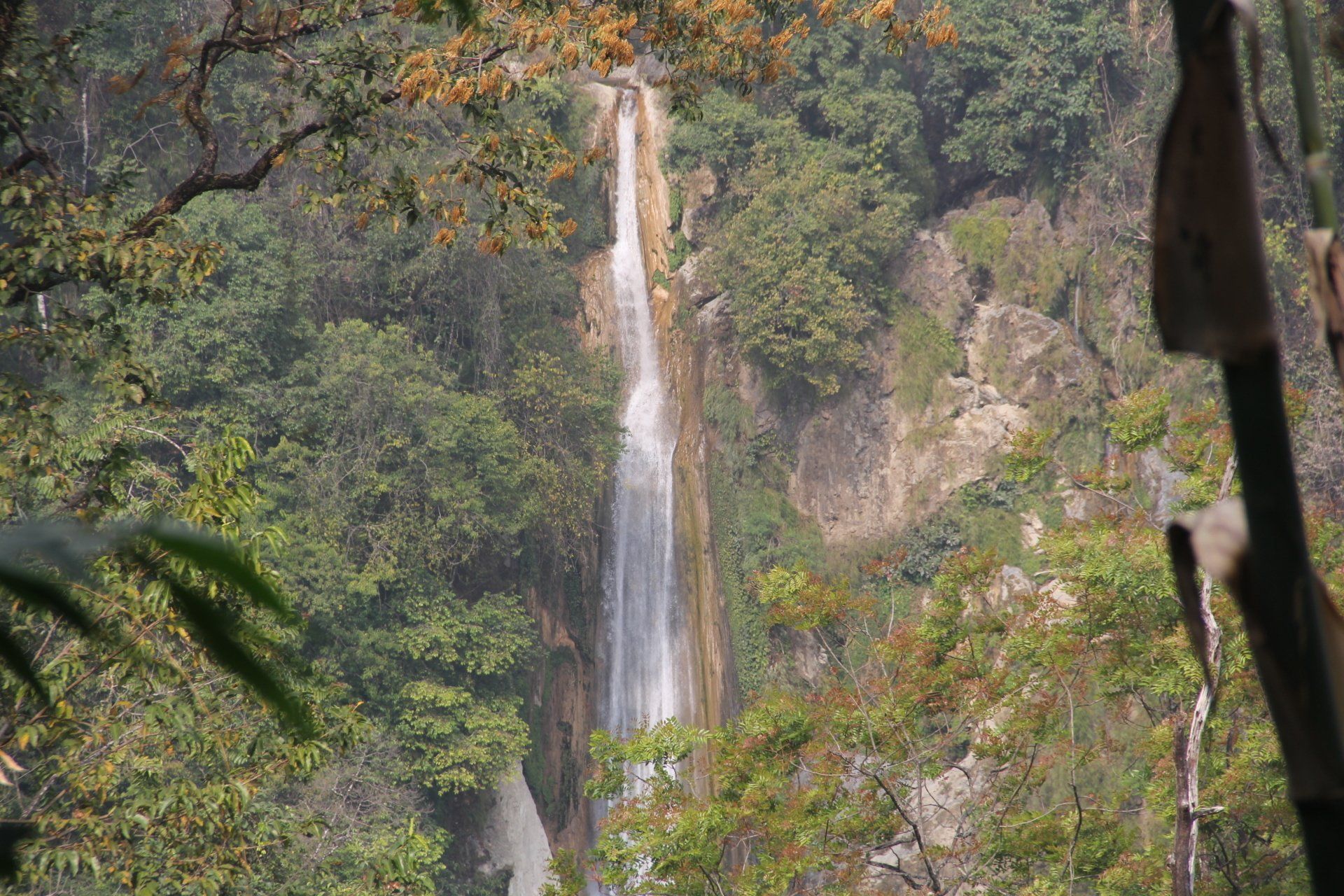
Though the Royal Manas National Park in Zhemgang is famed for wildlife viewing, nature adventure and exotic birding experience, however en-route to the Park you will be driving through the Black Mountain Ranges and High Mountain passes from where you can see the Himalayas of Bhutan. As you fly into the Paro International Airport, and if you are lucky to get a seat on the left side of the aisle then you can enjoy aerial views of the tallest mountain ranges of the world including the Mt. Everest, Kangchenjenga, Lhotse, Manasulu and as you get nearer to your destination the Mt. Jumolhari (7326m), Jichu Drakey (6662m) and Tsherimgang of Bhutan – the last Himalayan Kingdom. Though the Royal Manas National Park in Zhemgang is famed for wildlife viewing, nature adventure and exotic birding experience, however en-route to the Park you will be driving through the Black Mountain Ranges and High Mountain passes from where you can see the Himalayas of Bhutan. On your drive from Thimphu to Punakha stopover at the scenic Dochula Pass (3,150 masl) for a panoramic view of Mt Gangkar Puensum (7570 m), Gangchen Singye (7205 m), Tari Gang (7,304 m), Masang Gang (7194 m), Table Mountain (7,094 m), Mt Kubum, Tiger Mountain and many more. And as you drive away from Punakha towards Zhemgang you will be driving through, along and facing the secret and remote Black Mountain Ranges. As much as the mountains of Bhutan are high-rise, steep and dramatic so are the amazing waterfalls dotting the landscape. On the Bumthang - Monggar highway, the Namling waterfall is one of the most spectacular to watch as it falls more than 1,500 meters beating against the hard vertical cliff with the water vanishing into foamy clouds of smoke far below the road. On the way to Panbang from Tingtibi (Zhemgang), the Twin Waterfall offers a refreshing stop-over on the long drive and is famous for locals and tourists alike to take a quick shower and a swim. While on your drive to explore Bjoka village from Pangbang there are two noticeable waterfalls cascading silently in the deep heart of the Royal Manas National Park.
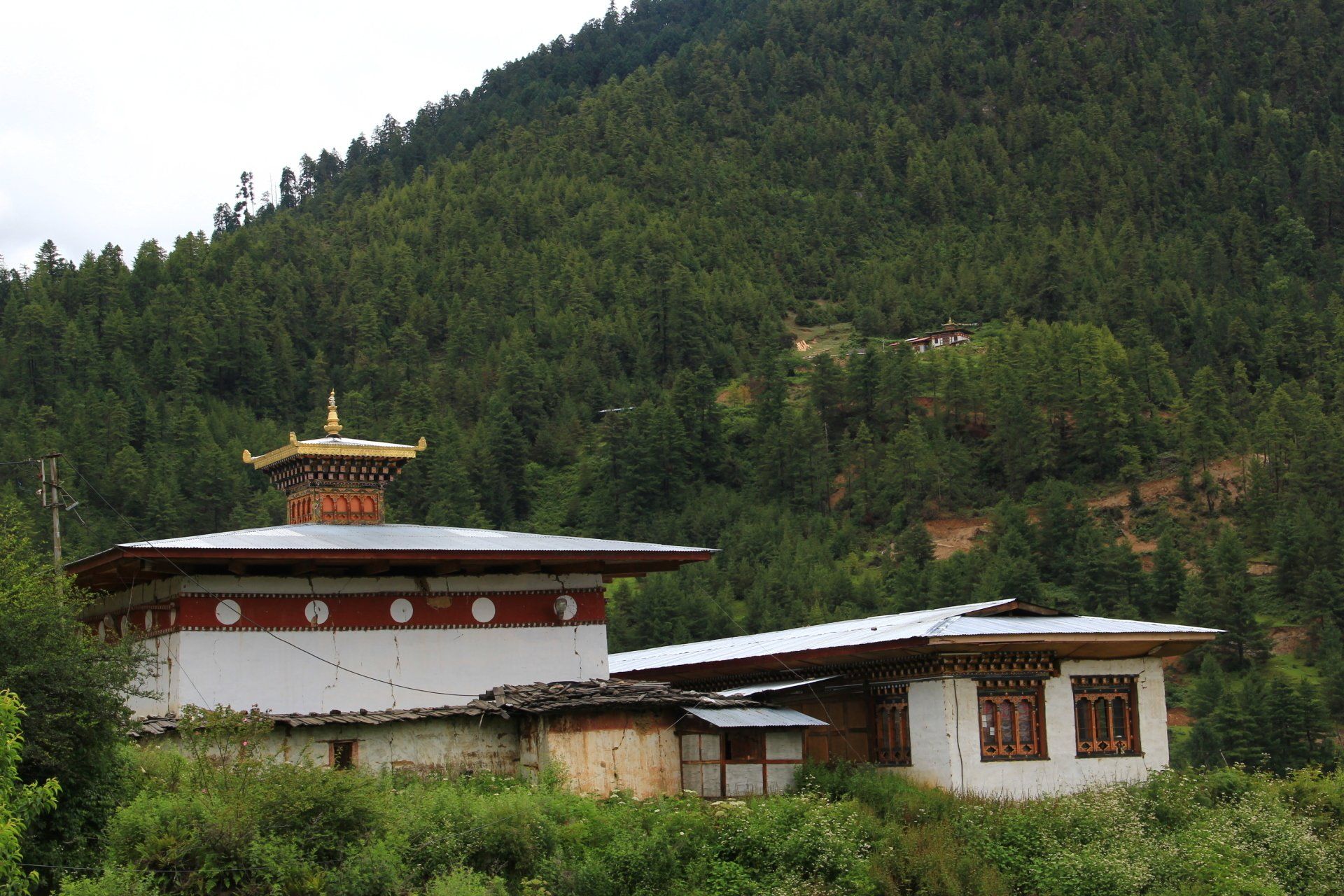
The Black Pigeon sent along with the white pigeon by the Tibetan King Songtsen Gyembo landed about a kilometer away from the white Temple, on top of a lake and the site where the present black Temple is built. This dark and mysterious Black Temple is a representation and residue of the tantric and bon religion practiced in the olden times. Inside the temple there is an opening in the floor that is said to lead to the lake underneath where a mermaid lives. From the top one can enjoy the view of the valley of scattered traditional houses and also the magnificent snowcapped mountains in the backdrop.
FAQS
Here are answers to some common questions.
